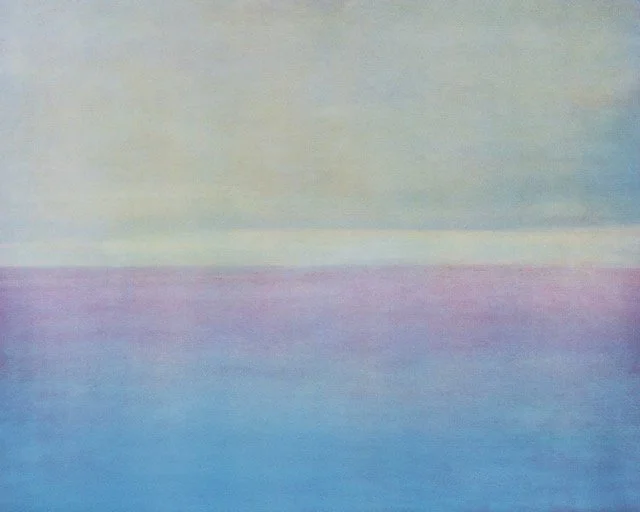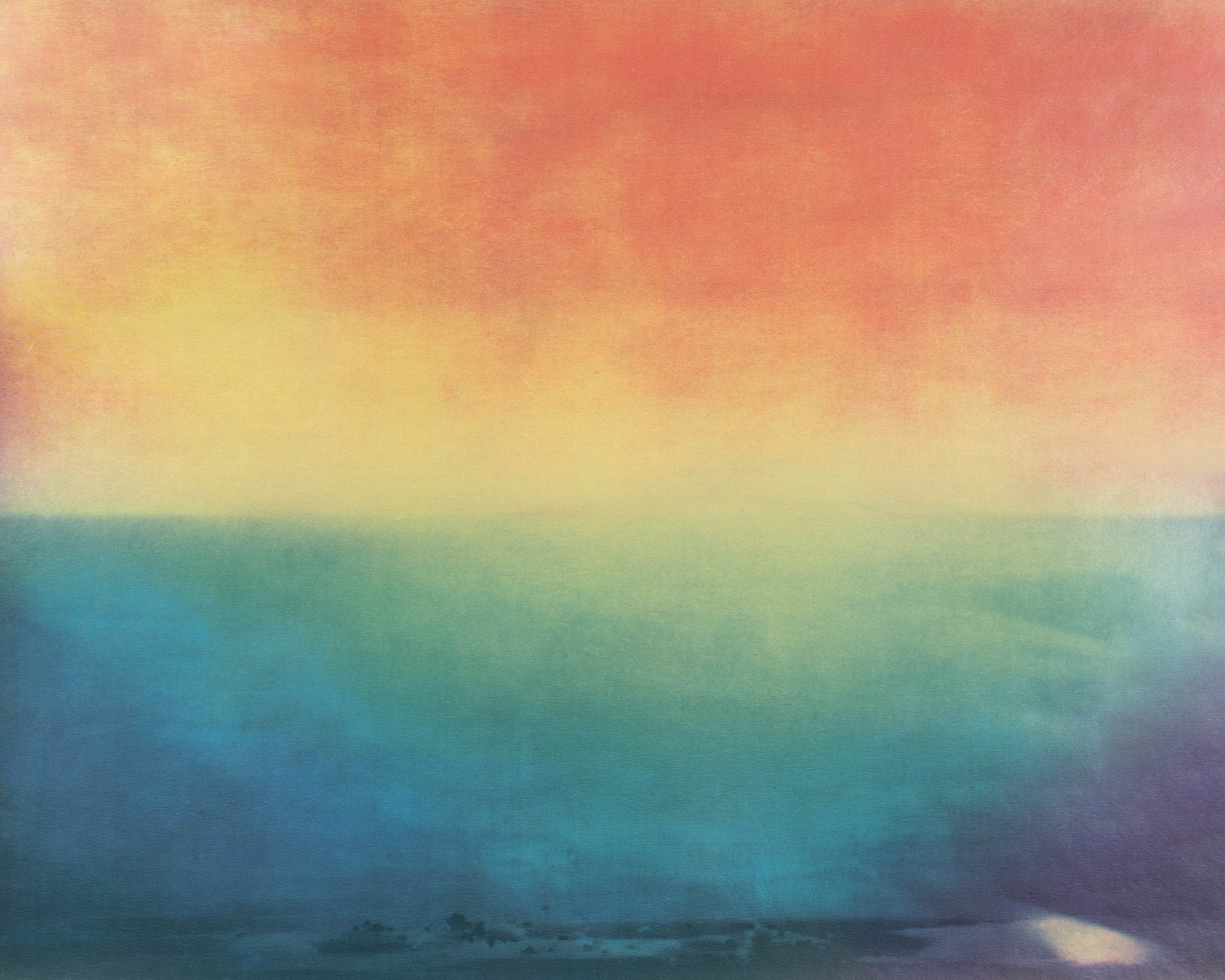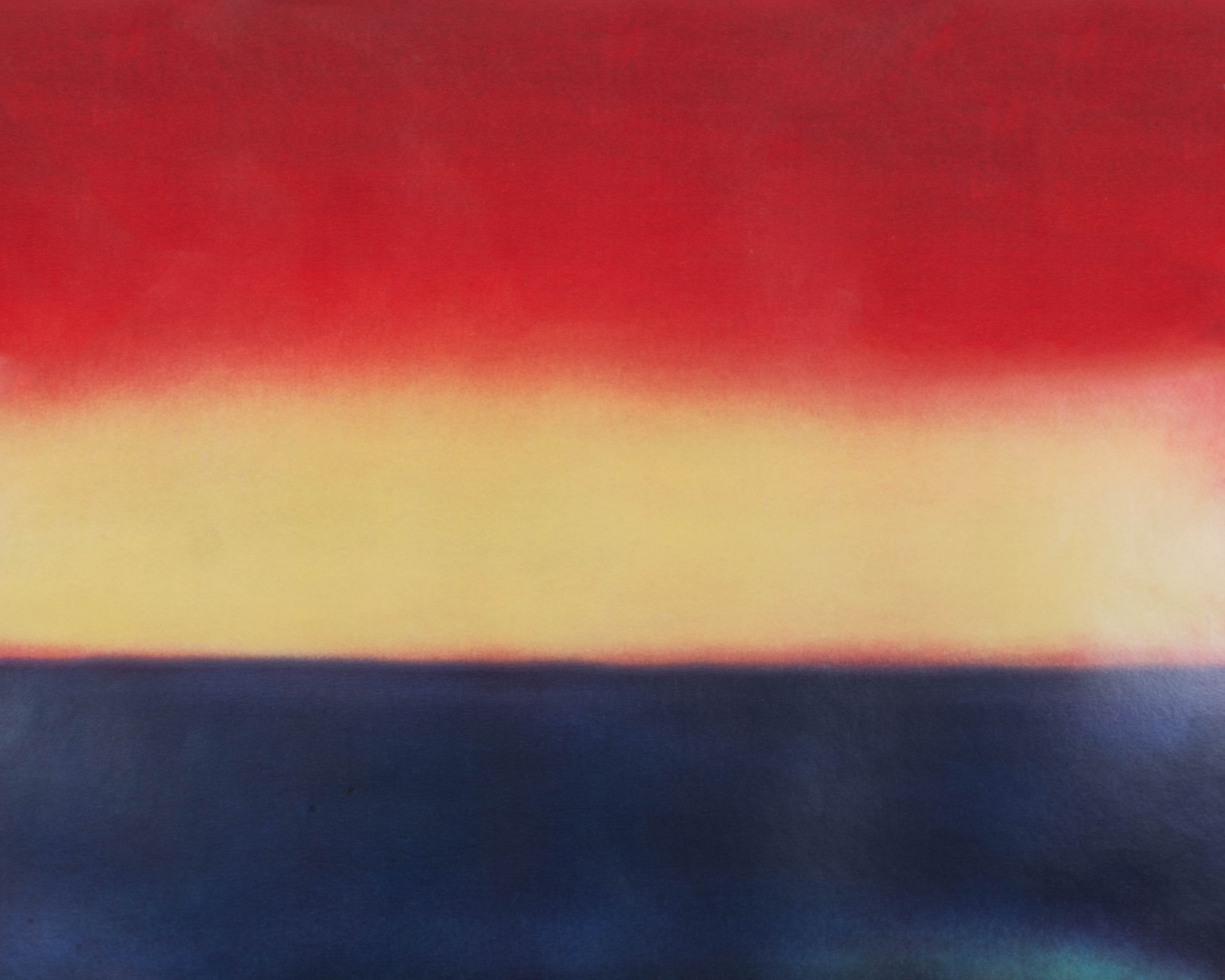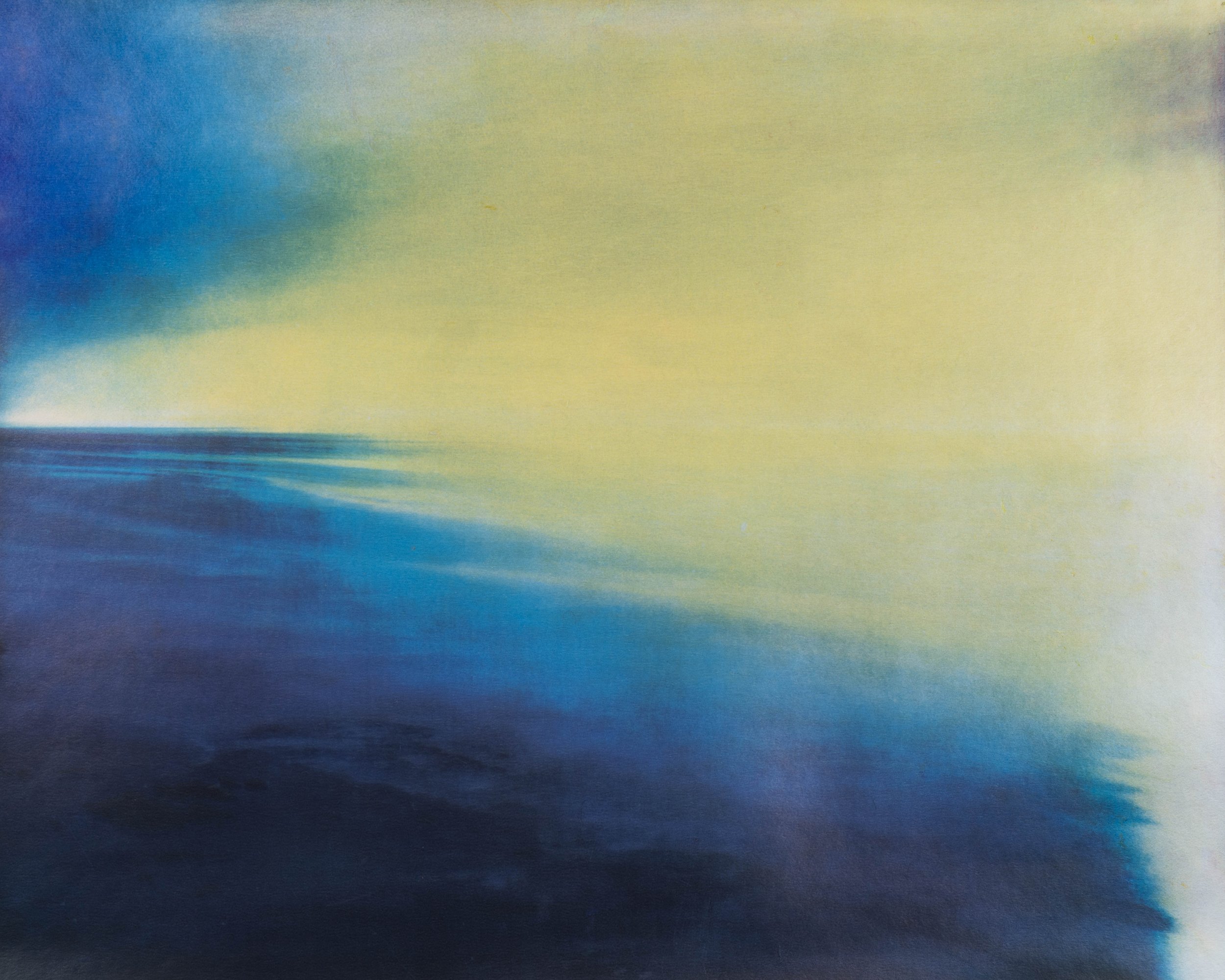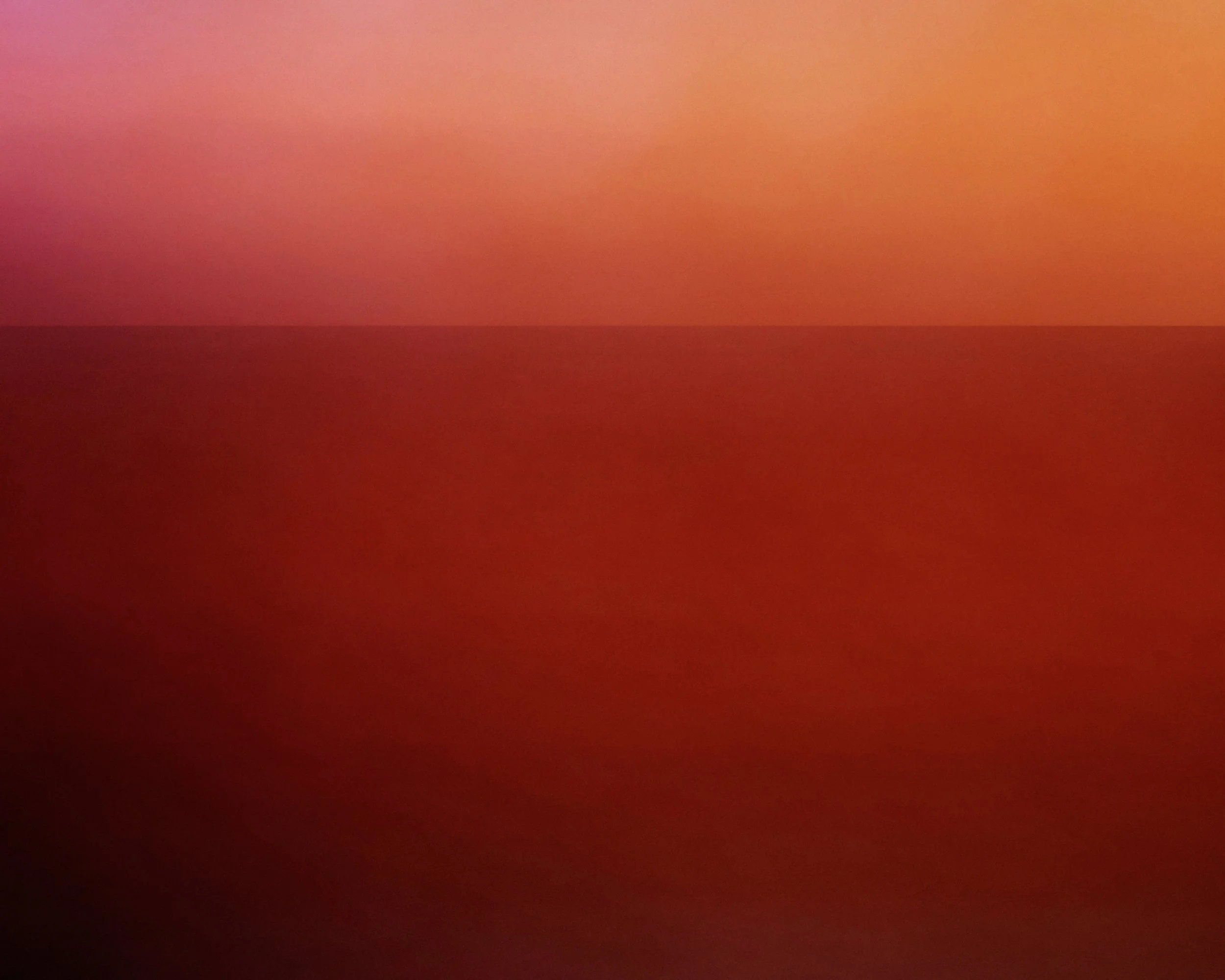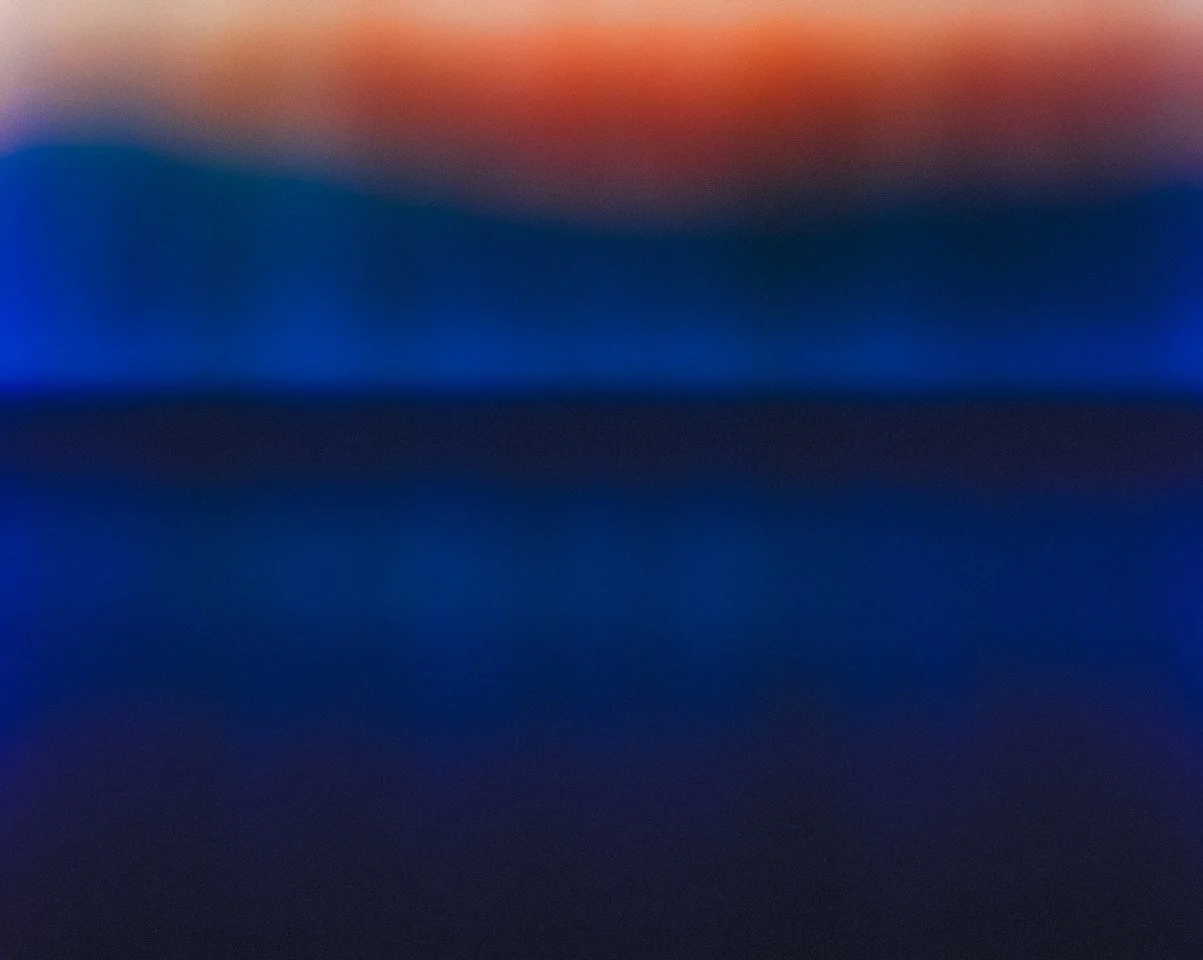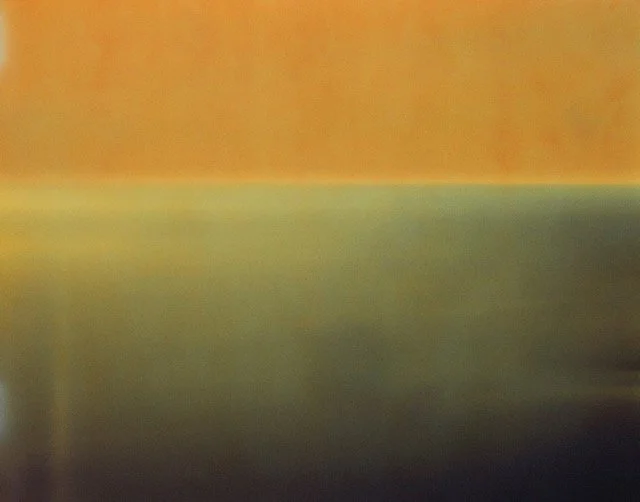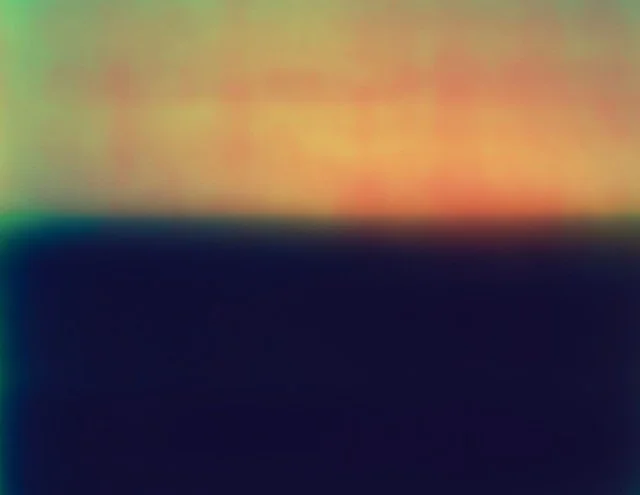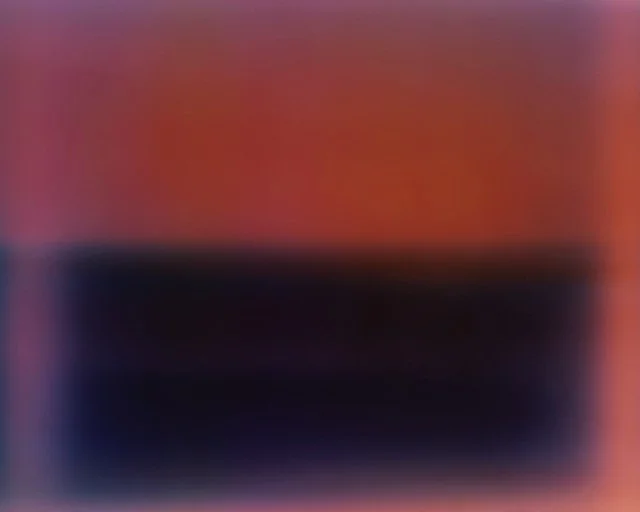Personal Work
TEMPS PRÉSENT
Exhibition So Far, So Close, Esther Woerdehoff Gallery, June 2024
“The living being, the breathing being, is the site where atmospheric immersion is transformed into a mesh of lines that proliferate just as, in the forge, the pumping motion of the bellows converts solid mineral into fluid metal; or air inflates the ploughman's lungs that turn into furrows in the earth; or wind that becomes the sailboat's wake; or sunlight that converts into plant stems and roots. In this transformation lies the relationship between lines and atmosphere, a relationship that I believe is fundamental to all animate life.”
Tim Ingold, Lines: A Brief Histoy.
Photography is by its very nature instantaneous. What happens when it is deliberately deprived of its function of freezing reality? That's what I discovered when I wanted to take a close look at this horizon that keeps slipping away, deliberately turning my back on the Normandy landscape. It's the memory of time that resides in his images. It settles in throughout the day, little by little, gently bedding down as it passes through the photographic chamber, collecting the sum of all that has existed.
But this sum can only be read as such, and we can no longer dissociate it from the moments that make it up. As we're not hypermnesic, we can't remember every detail of our day either. To avoid going mad, we remember the most memorable moments and a vague idea of the whole of this and all the others we've already forgotten. In the same way, photographing the same frame from lever to sunset in a single image, stripped of all figurative elements, giving each moment the same importance, ends up smoothing out all the details. A boat out to sea, lightning, almost redundant waves, a fertile cloud, the 1,800 triathlon swimmers, a shower, glories, a marvellous sunset, the cold - all will be erased by time. But the final image would have been different if these elements hadn't left their mark on the film. I don't pretend to record a somatic color that conforms to the elements. Each photograph thus becomes the unique memory of the single day that has just ended.

